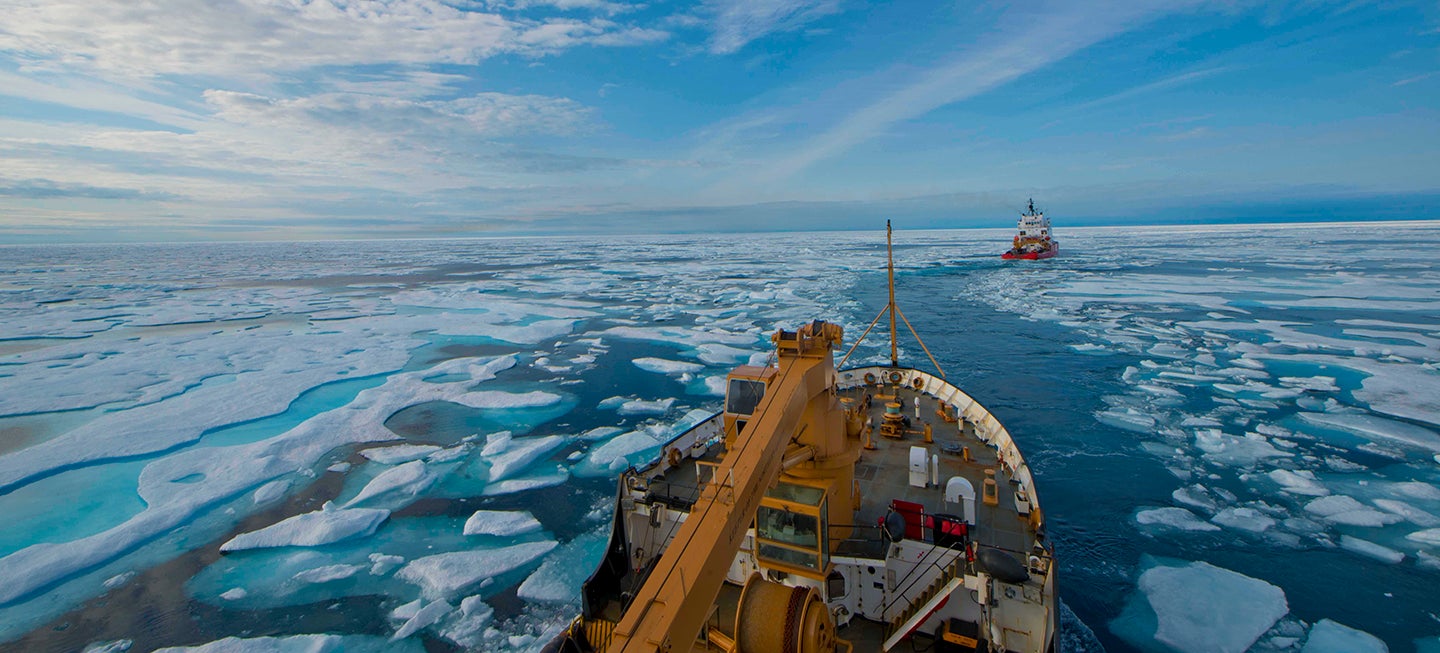We have just taken another momentous step in the journey to unveil the hidden wonders of our own planet.
Since the launch of the Shell Ocean Discovery XPRIZE at the American Geophysical Union Fall Meeting in San Francisco in December 2015, individuals from around the world have been racing to form Teams and develop a range of groundbreaking technologies to access the deep-sea. Registration closed at the end of September 2016 with 32 bold Teams stepping forward to take on the challenge of mapping and imaging our ocean as never before.
Today, we announce the 21 semi-finalists Teams advancing in the Ocean Discovery XPRIZE. These innovative semi-finalist Teams, consisting of almost 350 individuals from 25 countries, represent a broad, impressive diversity of backgrounds and expertise, including middle and high school students, university students, maker-movement enthusiasts, and water and ocean industry professionals.
This diversity is also reflected in the array of technologies and techniques the semi-finalist Teams are developing. Some are proposing to use drones as a mechanism to drop subsea instruments into the water, while others are proposing to use drones that not only go through air, but then dive into the watery depths. Non-aerial Entries include autonomous surface vehicles carrying subsea robots that will return to the ‘mothership’ when their work is done, as well as vehicles and robots that will remain beneath the sea surface from the moment they leave the shore.
The 21 semi-finalist Teams will now have to prove their technology in the field in Round 1 testing, which will take place later this year. As with every XPRIZE, the Shell Ocean Discovery XPRIZE sets audacious goals. In Round 1, the Entries that these Teams are developing will have only 16 hours to map the sea-floor at depths of 2000m and produce a high-resolution map (at least 5m horizontal resolution, at least 0.5m vertical resolution) of at least 20% of the 500km2 Competition Area. Additionally, Teams will have to bring back 5 images of an archeological, biological, or geological feature, as well as an image of an object that we will specify. As if this wasn’t enough, they have an additional hurdle to overcome – they will have to deploy from the shore with no humans allowed in the competition area.
To put this challenge into perspective, it can take days to map 500 km2 of the ocean using current state-of-the-art technologies. If you want 5m accuracy, mapping can take over a week and requires going out on a ship, which can easily cost over $60,000 per day, making it a very expensive endeavor. The cutting-edge technology that will come out of this XPRIZE will truly revolutionize our ability to access the ocean.
In addition to the main Prize of $6 million, a dozen Teams have also opted to compete for the National Oceanic and Atmospheric Administration Bonus Prize of $1 million. These Teams are developing pioneering technology to detect a chemical or biological signal underwater and then autonomously track that signal back to its source.
Partnering with us to truly make this competition a global success are industry titans, Fugro and Esri. Fugro, the industry leader in ocean mapping and survey, will be provide the baseline maps against which the judging panel will assess the Entries. Esri, the global leader in GIS, is providing software to the Teams to produce their maps.
We are looking forward to an exciting competition with exponentially evolving technologies, including smart underwater robots, robot swarms, drones, and artificial intelligence to perform the tasks that have been laid out. These Teams will really take us where no one has gone before! As their journeys of discovery set sail, we invite you to follow the competion and this phenomenal mission to map our beautiful planet.
Dr. Jyotika Virmani is XPRIZE’s Senior Director for Energy & Environment and prize lead for the Shell Ocean Discovery XPRIZE. Dr. Virmani has over a decade of professional experience in oceanography. She has a PhD in Physical Oceanography and a MS in Atmospheric Science.
